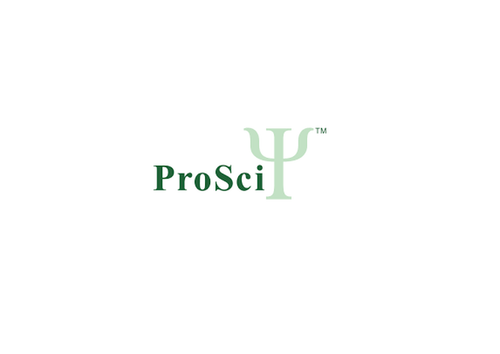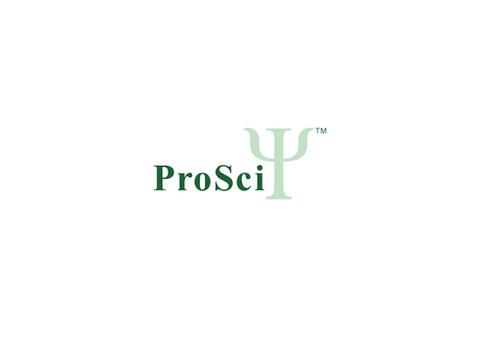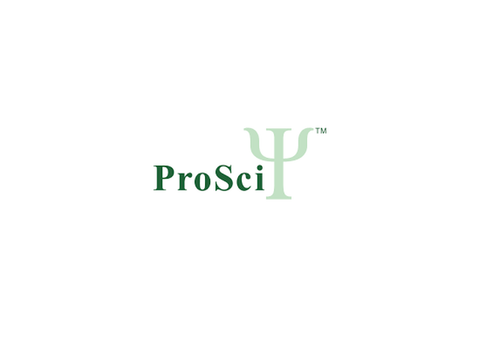Product Description
DDX48 Antibody | 28-492 | ProSci
Host: Rabbit
Reactivity: Human, Mouse, Rat, Dog, C. elegans, Zebrafish
Homology: N/A
Immunogen: Antibody produced in rabbits immunized with a synthetic peptide corresponding a region of human DDX48.
Research Area: Other
Tested Application: E, WB
Application: DDX48 antibody can be used for detection of DDX48 by ELISA at 1:312500. DDX48 antibody can be used for detection of DDX48 by western blot at 1.25 μg/mL, and HRP conjugated secondary antibody should be diluted 1:50, 000 - 100, 000.
Specificiy: N/A
Positive Control 1: Cat. No. 1211 - HepG2 Cell Lysate
Positive Control 2: N/A
Positive Control 3: N/A
Positive Control 4: N/A
Positive Control 5: N/A
Positive Control 6: N/A
Molecular Weight: 45 kDa
Validation: N/A
Isoform: N/A
Purification: Antibody is purified by protein A chromatography method.
Clonality: Polyclonal
Clone: N/A
Isotype: N/A
Conjugate: Unconjugated
Physical State: Liquid
Buffer: Purified antibody supplied in 1x PBS buffer with 0.09% (w/v) sodium azide and 2% sucrose.
Concentration: batch dependent
Storage Condition: For short periods of storage (days) store at 4˚C. For longer periods of storage, store DDX48 antibody at -20˚C. As with any antibody avoid repeat freeze-thaw cycles.
Alternate Name: DDX48, DDX48, MUK34, NUK34, NMP265, eIF4AIII
User Note: Optimal dilutions for each application to be determined by the researcher.
BACKGROUND: DDX48 encodes a member of the DEAD box protein family. DEAD box proteins, characterized by the conserved motif Asp-Glu-Ala-Asp (DEAD) , are putative RNA helicases. They are implicated in a number of cellular processes involving alteration of RNA secondary structure, such as translation initiation, nuclear and mitochondrial splicing, and ribosome and spliceosome assembly. Based on their distribution patterns, some members of this family are believed to be involved in embryogenesis, spermatogenesis, and cellular growth and division. The protein encoded by this gene is a nuclear matrix protein. Its amino acid sequence is highly similar to the amino acid sequences of the translation initiation factors eIF4AI and eIF4AII, two other members of the DEAD box protein family.
 Euro
Euro
 USD
USD
 British Pound
British Pound
 NULL
NULL







![CD15 Antibody [28] (Biotin) CD15 Antibody [28] (Biotin)](https://cdn11.bigcommerce.com/s-452hpg8iuh/images/stencil/500x659/products/577162/815235/porsci_lo__79508.1648973713__54529.1649092330.png?c=2)






